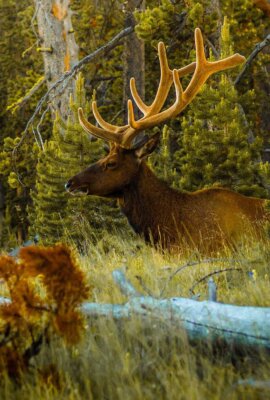Your full Wanderlust guide to
Sri Lanka

A teardrop-shaped island located in the Indian Ocean, Sri Lanka teems with natural wonder – from forests overflowing with wildlife, including elephants, to gold-sand beaches fringing unspoiled bays. The nation’s humble history comes to life through ancient stone temples, relics and monuments, including the famous Sigiriya Rock and Galle Fort – while colourful craft factories and a up-and-coming restaurant scene in the capital, Colombo, showcase contemporary Sri Lanka at its best.
Whether you choose to spend your days hiking a section of the 300km Pekoe Trail, which winds through farming villages and tea plantations, devouring seafood platters and homemade vegetable curries, going in search of the elusive leopard, or learning how to surf the rips on the island’s east coast – there is something special for every traveller on this Indian Ocean island.
You can’t miss

When to go to Sri Lanka
Sri Lanka is a great place to visit at any time of the year. However, it is worth planning which side of the island you wish to see in advance.
January to March is considered the drier season in the popular southwest and hill country, while the summer months are ideal for visiting the lesser-known north and east coasts.
The island is affected by two separate monsoon seasons, the southwest monsoon and northeast monsoon. The southwest monsoon tends to reach the south, west and central hills in April and lasts until September, with the worst of the rainfall between April to June. The northeast monsoon occurs on the north and east coasts between November to March, with November and December being the wettest months.
For hiking and inland adventures, it is best to avoid the spring months of April to June, when rainfall is heavier.
Marine wildlife, such as the blue whale, can be sighted year-round off the south coast – although the region can get especially busy during January and February.
International airports
Bandaranaike International Airport (CMB) is located around 30km north of the capital and is served by Sri Lankan Airlines, as well as other carriers including Emirates, Qatar Airways and Singapore Airlines. A second international airport, Mattala Rajapaksa International, welcomes charter flights and some low-cost carriers to the south coast.
Getting around in Sri Lanka
The train service is the best way to experience Sri Lanka’s authenticity beyond the tourist hubs. The Colombo Fort to Badulla route (around 11 hours) is popular with those visiting the famous Nine Arch Bridge in Ella, while the express Colombo Fort to Trincomalee (nine hours) and Batticaloa (10 hours) routes are the best way to reach the east coast. The coastal Colombo Fort to Matara line, via Galle, serves the west and south coasts.
Car hire, usually with a driver – booked through tour operators and travel agents – is ideal for those on a tight schedule.
Health & safety
Sri Lanka is a safe region, with no specific vaccinations mandated unless you’ve arrived from a yellow fever-infected destination. Like in any unfamiliar place, it’s best to avoid walking alone at night – particularly in low-lit areas such as beaches or back roads.
Mosquito, gnat, fly, spiders, mite and tick bites are relatively common, but usually cause only minor irritation. Carry insect repellent with you and avoid areas of stagnant water (lagoons, lakes, river banks) where mosquitoes are likely to breed. If hiking or visiting forests and nature reserves, wear loose-fitting clothing with long sleeves, long trousers, tucked into socks to avoid tick bites. Keep to footpaths, avoid long grass and check your body promptly for ticks after outdoor activity.
Heat can be dangerous: cover up, use sunblock and always ensure you have plenty of water.
For more information, go to gov.uk

















